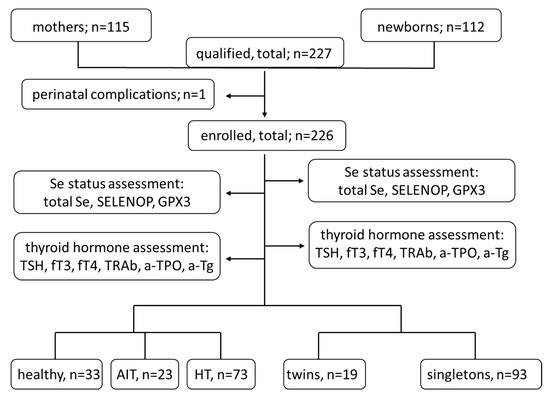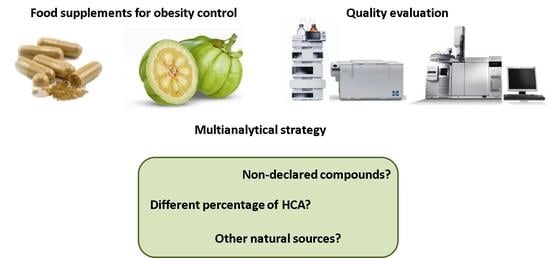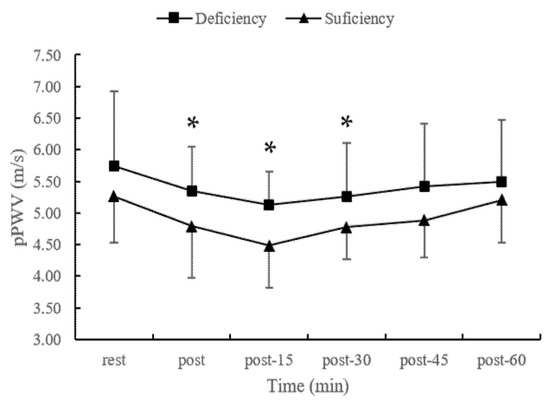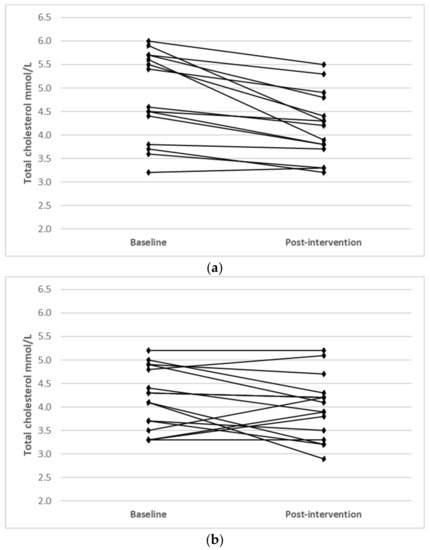Nutrients 2022, 14(15), 3083; https://doi.org/10.3390/nu14153083 - 27 Jul 2022
Cited by 4 | Viewed by 2878
Abstract
Vitamin D is essential for human health. However, it is not clear if vitamin D supplementation is necessary for all pregnant women. This study examines the relative importance of dietary patterns and vitamin D supplementation frequency in determining serum 25-hydroxyvitamin D (25(OH)D) and
[...] Read more.
Vitamin D is essential for human health. However, it is not clear if vitamin D supplementation is necessary for all pregnant women. This study examines the relative importance of dietary patterns and vitamin D supplementation frequency in determining serum 25-hydroxyvitamin D (25(OH)D) and ferritin concentrations among pregnant women in Hong Kong, China. A total of 572 healthy women were recruited from antenatal clinics at 25–35 weeks pregnant. Participants completed an electronic version of the food frequency questionnaire and a web questionnaire on supplement use. Their blood samples were tested for serum 25(OH)D and ferritin. The associations of dietary patterns and vitamin D supplementation frequency with serum 25(OH)D and ferritin concentrations were analyzed using moderated hierarchical regression. Two dietary patterns were identified. The adequate dietary intake was characterized by the high probability of meeting recommended daily food group servings, whereas the inadequate dietary intake was characterized by inadequate consumption of vegetables, fruits, meat, fish, and eggs, or alternatives. The association between adequate dietary intake and serum ferritin concentrations was independent of vitamin D supplementation frequency (β = 0.05, p = 0.035), but dietary patterns interacted with vitamin D supplementation frequency to determine serum 25(OH)D concentrations (β = −13.22, p = 0.014). The current study presents evidence on the relative importance of dietary patterns and vitamin D supplementation in maintaining sufficient vitamin D and iron in pregnancy. Antenatal nutrition counselling services should be provided to pregnant women who show signs of inadequate dietary intake.
Full article
(This article belongs to the Section Micronutrients and Human Health)
►
Show Figures













